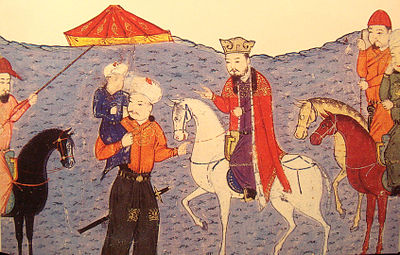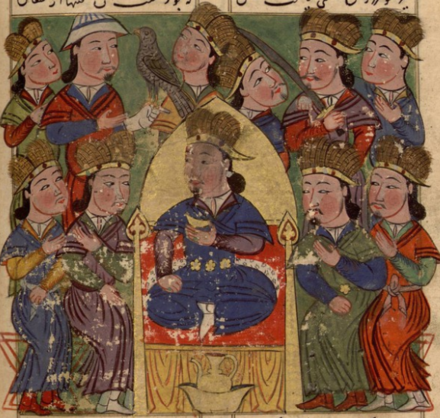On April 15, 1277, Sultan Baybars of the Mamluk Sultanate led an army, including at least 10,000 horsemen, into the Mongol-dominated Seljuk Sultanate of Rûm, engaging in the Battle of Elbistan. Facing a Mongol force bolstered by Armenians, Georgians, and Rum Seljuks, the Mamluks, commanded by Baybars and his Bedouin general Isa ibn Muhanna, initially struggled against the Mongol attack, especially on their left flank.
The battle began with a Mongol charge against the Mamluk heavy cavalry, causing significant losses to the Mamluk's Bedouin irregulars. Despite initial setbacks, including the loss of their standard bearers, the Mamluks regrouped and counterattacked, with Baybars personally addressing the threat on his left flank. Reinforcements from Hama helped the Mamluks eventually overwhelm the smaller Mongol force. The Mongols, instead of retreating, fought to the death, with some escaping to nearby hills.
Both sides expected support from the Pervâne and his Seljuks, who remained non-participatory. The aftermath of the battle saw many Rumi soldiers either captured or joining the Mamluks, along with the capture of Pervâne's son and several Mongol officers and soldiers.
Following the victory, Baybars entered Kayseri in triumph on April 23, 1277. However, he expressed his concerns about the close battle, attributing the victory to divine intervention rather than military prowess. Baybars, facing a potential new Mongol army and running low on supplies, decided to return to Syria. During his retreat, he misled the Mongols about his destination and ordered a raid on the Armenian town of al-Rummana.
In response, the Mongol Ilkhan Abaqa reasserted control in Rum, ordering the massacre of Muslims in Kayseri and eastern Rum, and dealt with a rebellion by the Karamanid Turkmen. Although he initially planned a retaliation against the Mamluks, logistical issues and internal demands in the Ilkhanate led to the cancellation of the expedition. Abaqa eventually executed Pervâne, allegedly consuming his flesh as an act of revenge.








































